Letter from Portugal: we chart the country’s new wave of architecture projects
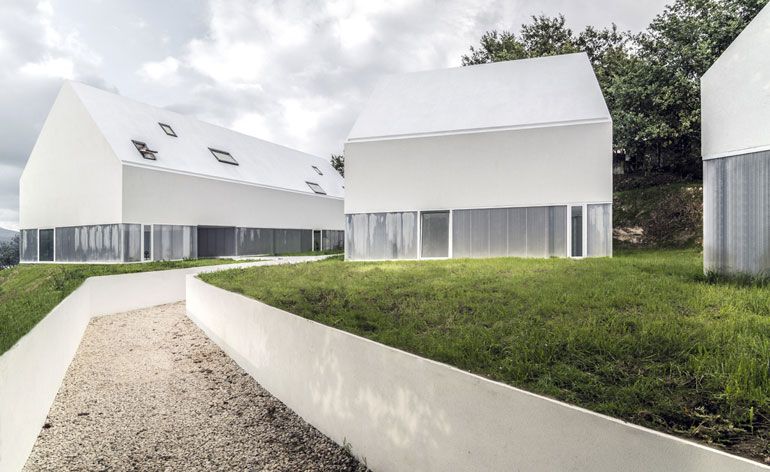
From a small temporary bar in Porto, to a Pedestrian Escalator in Montemor-o-Velho and a large Arts Centre near Chaves, the featured projects in our report of the most recent architectural undertakings in Portugal vary as much in scale as in agenda.
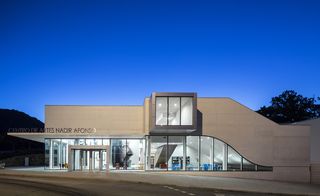
See more of Portugal's latest wave of architecture projects
Some of them are designed by established architects - such as Gonçalo Byrne and Pritzker Prize winners Siza Vieira and Eduardo Souto de Moura - whereas many of them were created by younger offices that tend to take on varied multidisciplinary, temporary and smaller scale work in response to Portugal's current turbulant financial situation. A key example and a project that positions the architect as a critic, curator and activist, is the Tanto Mar exhibition curated by Lisbon-based Ateliermob. The show, currently on display at the Cultural Centre of Belem, celebrates works by Portuguese architects operating all over the globe.
Projects like a small church in Pedras Salgadas, a discreet but charming cultural centre in a traditional praça in Lisbon, and a spiritual hotel in Penafiel, add to the kind of exciting smaller-scale operations taking place throughout the country. On the other hand, Lisbon's Future Architecture Thinking (FAT) and New York architect Louise Braverman's Arts Centres, as well as Byrne and Souto de Moura's cultural undertakings are amongst the larger projects - mainly in the cultural field - that were recently completed in Portugal.
Many of these works deal with delicate issues, such as the restoration of fragile urban fabric and heritage buildings threatened by ruin and decay. Alternatively, many of the more temporary interventions are more concerned with ideas and ventures responding to the country's current status. Portugal may be well known for its enviable weather conditions and beautiful natural and urban surroundings, but it is also conditioned by current political and economic tensions. This highlights even further the energetic and creative way local architects engage with the country's ongoing debates around its built environment.
Wallpaper* Newsletter
Receive our daily digest of inspiration, escapism and design stories from around the world direct to your inbox.
-
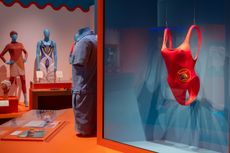 ‘Splash! A Century of Swimming and Style’ at Design Museum interrogates the loaded history of swimwear
‘Splash! A Century of Swimming and Style’ at Design Museum interrogates the loaded history of swimwearCurator Amber Butchart speaks to Wallpaper* about the Design Museum’s latest exhibition, which explores the cultural impact of swimwear – from Pamela Anderson’s bombshell ‘Baywatch’ one-piece to those made for sports, leisure or fashion statement
By Zoe Whitfield Published
-
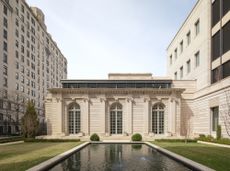 The Frick Collection's expansion by Selldorf Architects is both surgical and delicate
The Frick Collection's expansion by Selldorf Architects is both surgical and delicateThe New York cultural institution gets a $220 million glow-up
By Stephanie Murg Published
-
 Come as you are to see Kurt Cobain’s acoustic guitar on show in the UK for the first time
Come as you are to see Kurt Cobain’s acoustic guitar on show in the UK for the first timeKurt Cobain’s acoustic guitar goes on display at the Royal College of Music Museum in London as part of an exhibition exploring Nirvana’s MTV Unplugged performance
By Tianna Williams Published
-
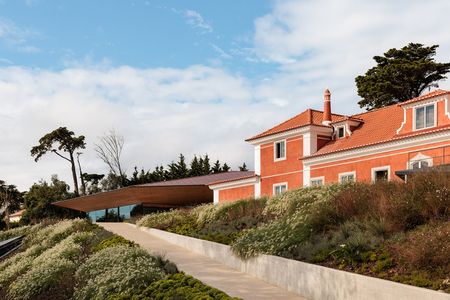 Tour the Albuquerque Foundation, Portugal’s new ceramics hub, where the historic and contemporary meet
Tour the Albuquerque Foundation, Portugal’s new ceramics hub, where the historic and contemporary meetA new cultural destination dedicated to ceramics, The Albuquerque Foundation by Bernardes Arquitetura opens its doors in Sintra, Portugal
By Ellie Stathaki Published
-
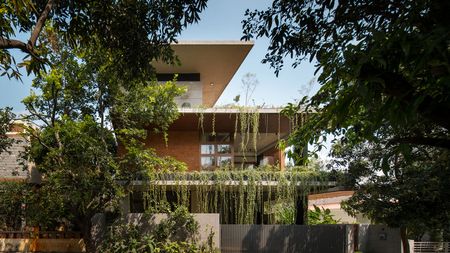 Year in review: the top 12 houses of 2024, picked by architecture director Ellie Stathaki
Year in review: the top 12 houses of 2024, picked by architecture director Ellie StathakiThe top 12 houses of 2024 comprise our finest and most read residential posts of the year, compiled by Wallpaper* architecture & environment director Ellie Stathaki
By Ellie Stathaki Published
-
 Wallpaper* Architects’ Directory 2024: meet the practices
Wallpaper* Architects’ Directory 2024: meet the practicesIn the Wallpaper* Architects Directory 2024, our latest guide to exciting, emerging practices from around the world, 20 young studios show off their projects and passion
By Ellie Stathaki Published
-
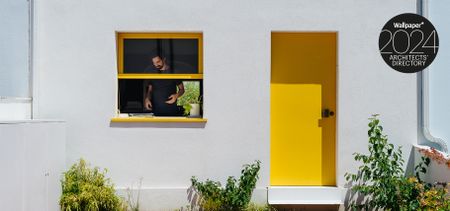 Branco del Rio's House AA8 brings a pop of colour to its Portuguese neighbourhood
Branco del Rio's House AA8 brings a pop of colour to its Portuguese neighbourhoodBased in Portugal, Branco del Rio Arquitectos joins the Wallpaper* Architects’ Directory 2024, our annual round-up of exciting emerging architecture studios
By Tianna Williams Published
-
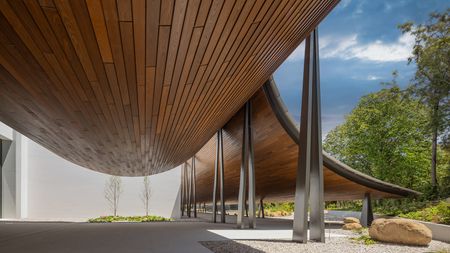 Gulbenkian Foundation's new art centre by Kengo Kuma is light and inviting
Gulbenkian Foundation's new art centre by Kengo Kuma is light and invitingLisbon's Gulbenkian Foundation reveals its redesign and new contemporary art museum, Centro de Arte Moderna (CAM), by Kengo Kuma with landscape architects VDLA
By Amah-Rose Mcknight Abrams Published
-
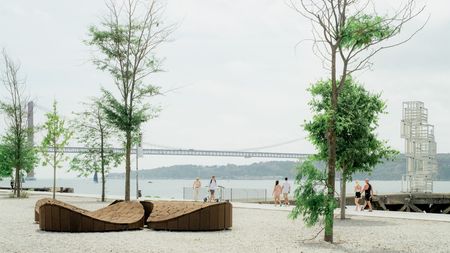 City Cortex celebrates cork’s versatility with public installations in Lisbon
City Cortex celebrates cork’s versatility with public installations in LisbonCity Cortex, an urban project in Lisbon developed by Amorim, celebrates cork as a sustainable material with installations by Gabriel Calatrava, Leong Leong, Yves Behar and more
By Nana Ama Owusu-Ansah Published
-
 Casa e a Pedra is a Porto home emerging from a rocky context
Casa e a Pedra is a Porto home emerging from a rocky contextCasa e a Pedra by architect François Leite is an urban residential reinvention in Porto, Portugal
By Ellie Stathaki Published
-
 Álvaro Siza Wing expands archive and exhibition space in Porto’s Museu Serralves
Álvaro Siza Wing expands archive and exhibition space in Porto’s Museu SerralvesÁlvaro Siza returns to Serralves Museum of Contemporary Art in Porto, crafting his namesake new wing that just opened to the public
By Josh Fenton Published